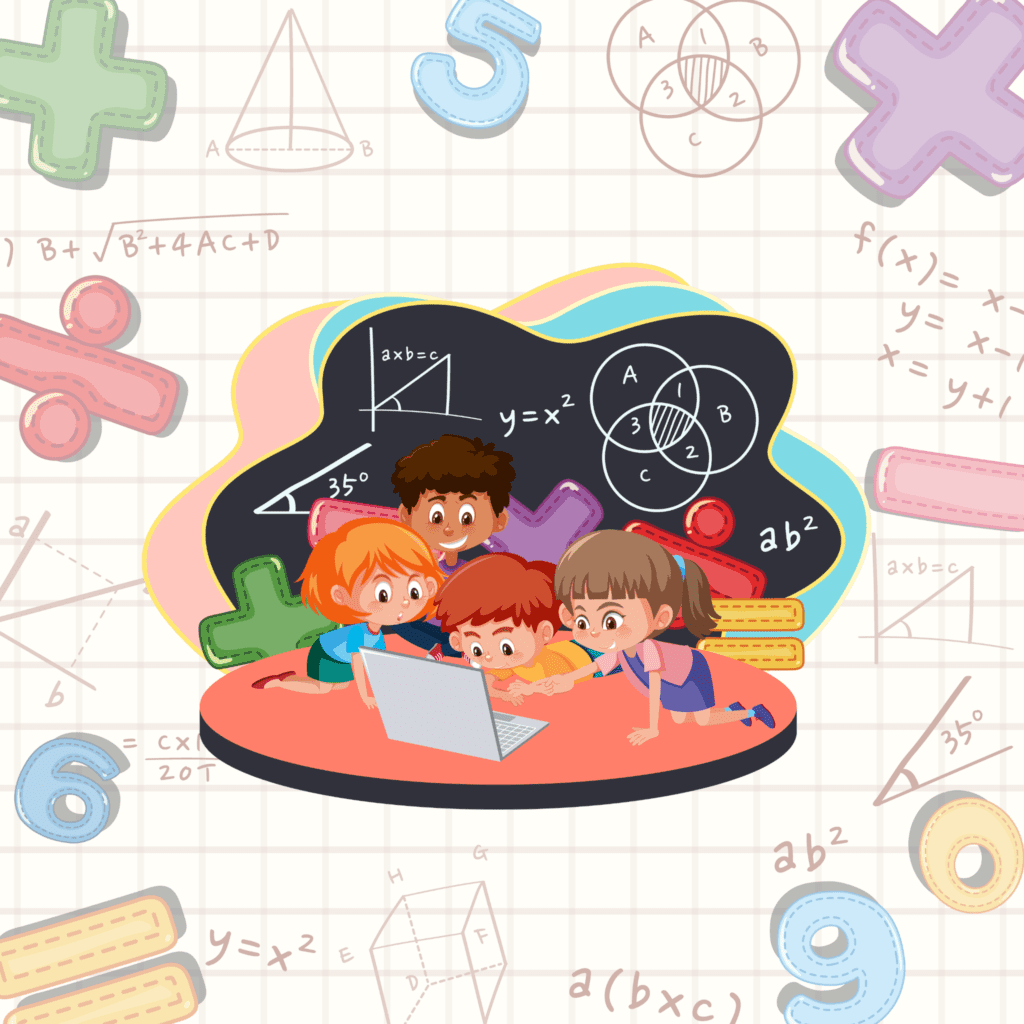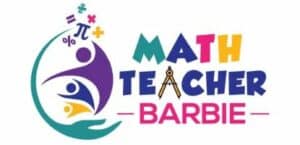
The Common Core State Standards (CCSS) include eight “Mathematical Practices” that teachers and students are encouraged to use throughout their mathematical lives. These are different from the grade-level content standards in a few ways. Firstly, these Mathematical Practices are not grade-specific. Rather, they remain constant practices throughout the child’s education, with the hopes that they become habit. Further, as the words practice and habit imply, these are not mathematical procedures or rules, but are more akin to mindsets and broad strategies.
For a broad look at all eight Math Practices, check out the post What Are the Math Practices and What Do They Have to Do With Me? For a deeper dive into the other seven practices, check out the list at the bottom of this post.
The fourth practice, modeling with math, is using mathematics to solve problems. We model with mathematics when we combine the math we know and the other seven practices to solve problems from everyday life, society, the workplace, and anywhere else they arise.
All eight of the practices are connected and intertwined, and using grade-level mathematics skills underlies them all. These connections are particularly pronounced in this fourth practice. Let’s see what it looks like as your child develops this skill.
This post was originally published at mathteacherbarbie.com. If you are viewing it somewhere else, you are viewing a stolen copy.
What it means to model with mathematics
We model with mathematics when we
- Use mathematics we know, in order to
- Describe a situation, in order to
- Analyze relationships between quantities, in order to
- Solve a problem and
- Interpret the solution.
This begins with simply being able to write an equation that describes a situation, and grows with greater math knowledge to modeling with geometric relationships, functions, and more. In each of these steps, an expert mathematical modeler will use the other seven mathematical practices, such as recognizing assumptions to evaluate the credibility of arguments (practice 3); estimating, predicting, and making sense of the problem (practice 1 and practice 2); and choosing appropriate mathematical and technology tools (practice 5).
Models that are Mathematical Models
Types of mathematical models include equations, diagrams, tables, formulas, and more. Any means of expressing relationships between quantities could potentially be a mathematical model if it can be used to perform the steps above. In early grades, models will look like number equations and drawings. In upper elementary, you will begin to notice increasing structure in the models, such as using area models or stem-and-leaf plots. As your child enters middle and high school, you’ll begin to see more sophisticated models, such as tables, formulas, and functions, that allow for increasingly generalized solutions.
Some examples of modeling with mathematics
- Equations, including both arithmetic ($2+1=3$) and algebraic ($y=3x-4$)
- Graphs
- Instructional tools such as area models, arrays, algebra tiles, fraction bars, etc.
- Diagrams and pictures, especially when known quantities (such as side lengths) are labelled
- Functions (in algebra)
- Formulas
- Tables of organized data
- Fingers, when used for counting, one-to-one correspondence, or communicating “how many”
- Lists or other means of organizing information
- Algorithmic ways of computing
- Computer programs
And more.
Why we model with mathematics
Though many problems can be solved without a formal mathematical model, it’s important to learn how to model mathematically in order to solve all kinds of problems, as well as being able to solve some of these “easier” problems in a more general way (saving yourself time and energy down the road).
We have a history of teaching and learning mathematics as sets of steps, or algorithms, to perform some type of predetermined routines. In this view, math class becomes something to simply survive, something to “prove to the teacher” that you can “follow the steps” to “get the right answer.” However, let’s think about why math knowledge became something that we began to pass down from generation to generation.
In general, we invest energy in teaching something to our children if we believe it will be 1) useful to them and 2) something they can learn from our or our ancestors’ experiences (as opposed to having to learn it on their own). This is how and why storytelling came to be. The topics taught in school were also selected according to these principles (though, the reasons justifying the practicalities of specific choices may have varied over time and some have dubious origins given modern understandings of justice and equity).
Ultimately, the best reason to learn mathematics is to use it to find solutions for problems and challenges that come up. This is not only the best justification for passing our mathematical knowledge from generation to generation, it is also motivating to the student.
How to write a math model
There is no easy answer to how to write a math model. You and your child will encounter a wide variety of math models. As you gain confidence and decrease stress about math, you may even find your creative self (we all have a creative self) comes up with models you hadn’t even thought of, such as ways of drawing or organizing information. Sometimes an assignment might have us practicing a very specific model. In this case, it’s important to use that model to gain familiarity with it — to put it permanently in the “modeling toolbox” so that it’s there in the future when it might be useful. Other assignments will leave the budding mathematician free to choose their own model. In these cases, use whatever model makes the most sense in the context of the problem and of the student’s knowledge.
Part of learning math is learning a variety of models that are useful to different people, in different contexts, at different points in their journey. Practice using the models that are presented, and ask yourself what it’s useful for so that you have each of them at the ready when they might be handy. As your confidence and your toolbox grow, so will your deep knowledge that
You’ve Got This!
For a deeper dive into all eight practices, check out the following posts:
MP1: Sense Making and Perseverence
MP2: Abstract and Quantitative Reasoning
MP3: Constructing and Critiquing Arguments
MP5: Strategically Choosing and Using Tools
